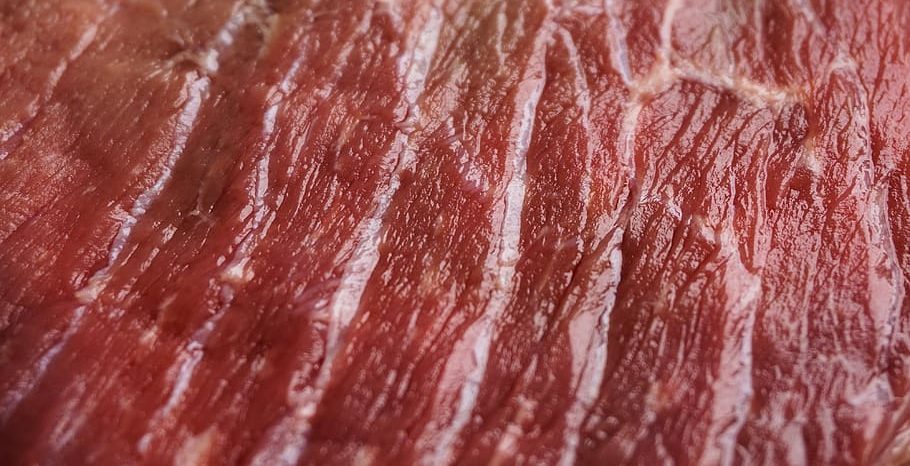Homegrown red meat remains unwaveringly popular to Aussie supermarket chains despite recent biosecurity allowances for beef imports from the United States.
According to Sky News Australia on August 5,2025, even McDonald’s with its Western links confirms it will prioritize Down Under supplies.
Golden Arches, an imprint of McDonald’s, serves 80 million kg of beef annually across Australia. For it, this is all the more reason to keep it local.
The sentiments follow a July 2025 announcement by Australia’s Minister of Agriculture Julie Collins on easing biosecurity controls for Mexico/Canada beef processed in America.
In exchange, the United States repaid Australia with appetizingly low import tariffs at 10% for most goods.
Farmers, who supply 99% of Aussie beef to retailers, reacted to the bilateral barter with concerns about mad cow disease crossovers.
Supermarkets Have their Say
Leading retail chains that back farmers commercially are defending their homegrown choice by citing longterm producer contracts.
Woolworths told Skynews of “no plans” for sourcing meat externally due to a long tradition of 100% home supply connections.
For McDonald’s, it is one hundred percent local all the way – to continue giving consumers the “value they know and love.”
Coles on the other hand told NewsWire of no current plans to change orders, as it prides in branded fresh local beef.
The Meat and Livestock Australia (MLA)’s MD, Michael Crowley, echoed the trade view by citing low market for the U.S.’ beef here.
Capping the case for good, Crowley said that over 99% of beef in eateries, clubs and grocers in Australia is homegrown. Besides, the country slaughters almost 3 times more beef than it consumes annually, which retails affordably. This makes Aussie red meat favoritism undercut supplies from the U.S., per the below statistics.
Statistics on Red Meat Imports by Australia
Australia is more of an exporter than importer of red meat, from beef to mutton, chicken to pork. In 2024, red meat exports hit a record high of 2.24 million tonnes, nearly 7 times the equivalent annual imports. In comparison, 2021’s imports clocked only 300,000 tonnes for diverse meats, according to the Australia Focus Guide. Although the country exports 70% of its beef, it also imports 20% of consumer beef from foreign sources, as of 2021. Pork mostly comes from Canada and the U.S. while lamb from New Zealand and the UK.
How much beef does Australia import from the United States?
Because it is both a competitor and net importer, the United States commands a very low profile in beef exports to Australia. Washington last shipped its lowest beef volume to Australia since 1995 in 2024 at 263 tonnes. The Far-east, Mexico, Canada, the European Union, Indonesia and Chile represent 90% of the U.S.’ beef exports at $7.63 billion (2021).
How much does Australia expend in red meat import value?
Between 1988 and 2024, Australia imported around A$35 million ($22.7 million) in monthly red meat, according to Trading Economics. Some months in this timeline however breached import values, particularly May 2022 at A$109 million ($70.8 million).
